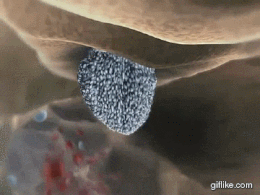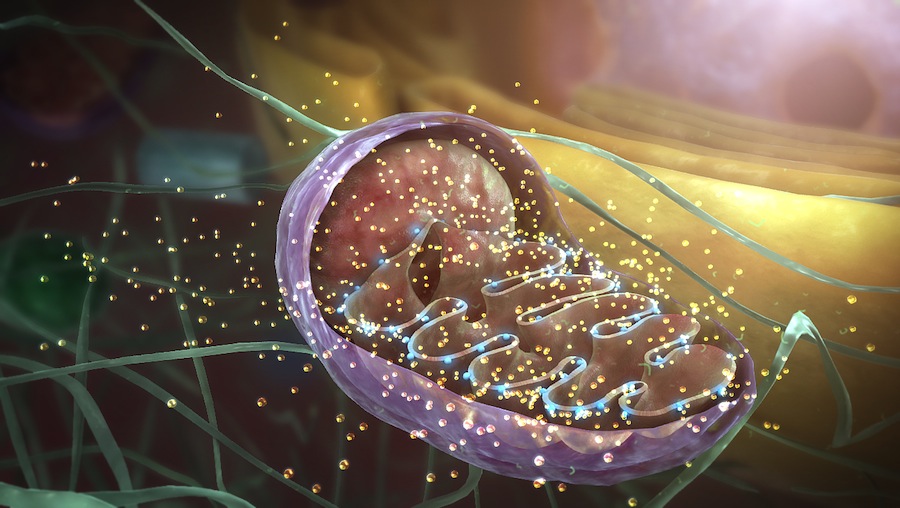Objective of Course:
The objective of this course is to develop an understanding of the process involved in performing biochemical calculations and also provides basic introduction to the statistical methods.
Learning Outcomes:
On completion of the course the student will be able to:
CO1- Describe how the structure, or composition, of a buffer functions to resist changes in pH.
CO2- Apply biochemical calculation for enzyme kinetics.
CO3- Prepare calibration curve and determine the concentration of unknown compound in a sample.
CO4 - Distinguish between a sample and a population.
CO5- Study applications of statistical tools like Mean, Median, Mode, Measurement of dispersion, t test and ANOVA in biological research.
CO6 - Demonstrate statistical reasoning skills correctly and contextually.
- Teacher: VARALAKSHMI V
Immunological Techniques explains the basics of immunology with their applications in the usage of antibody-antigen reactions such as precipitation, agglutination, immune and radial diffusion. It also explains various techniques commonly used in the medical field such as western blotting, ELISA, RIA, immunohistochemistry, etc. The cellular assays using the principles, various methodology and their applications in the medical field has helped various physicians and scientists to understand the reaction as well as the mode of treatment.
Course Outcomes
CO 1: Students will be able to understand the principles of Immunotechnology.
CO 2: It will help them to understand about Antibody assays, their principles, methodology and its applications.
CO 3: Students will be able to understand the various techniques like ELISA, RIA, etc. commonly used in the medical field.
CO 4: Students will be able to explain the application of cellular assays, their principles, methodology and their applications.
CO 5: Students will be able to describe human peripheral blood, mononuclear cells, and cytotoxicity assays.
- Teacher: Dr. SRINATH NAGANATHAN
Molecular biology explains about the molecular activity in biological species relating to the bio-molecular interactions in the cell including the interactions between the DNA, RNA, protein and biosynthesis as well as the regulation of these interactions. The r-DNA technology is the recombinant DNA technology used as the application tool in various agricultural as well as medicinal benefits by identifying and altering the genes with the help of various enzymatic and recombinant tools.
Course Outcomes
CO 1: Students will be able to understand about the basics of molecular biology.
CO 2: They would understand about the concepts related to the interactions of the bio-molecules.
CO 3: It will help them to understand the various principles and mechanism of interaction between DNA, RNA, Proteins and bio-molecules.
CO 4: It would help them to learn the smooth functioning of the biological system for understanding the basics concepts of central dogma and their functions
CO 5: Students will be able to understand the gene expression and regulation in Prokaryotes and Eukaryotes.
CO 6 Students will be able to explain the basics of r-DNA technology with the deep understanding of cloning and various enzymes involved in the reactions
CO 7: Students will be able to describe the basic concepts and application of r-DNA technology in agriculture and medicine.
CO 8: They would also learn about various tools used to understand the transfer of DNA and RNA molecules for studying their pattern for further analysis.
- Teacher: Dr. SRINATH NAGANATHAN

- Teacher: Dr. MAITHRY SHINDE
Objective of Course :
The main objective of this course is to help the students attain the basic knowledge on energy transformations in biological systems as well the key role played by enzymes in metabolisms. To prepare students work confidently on enzyme systems by integrating practical aspects with theory.
Learning Outcomes :
On completion of the course the student will be able to do the following :
CO1. Student will be able to understand how these biomolecules (which they studied in the previous year) will be able to give energy for the systems.
CO2. Understand the first and second laws of thermodynamics and how they impact evolutionary trends.
C03. Attain knowledge on biomolecular interactions.
CO4. Understand the roles of ATP and reduced cofactors in shuttling energy and electrons around within cells.
CO5. Knowing about enzymes and their mode of actions will help in better understanding of metabolisms.
CO6. Learning the basics aids in better handling of enzymes in vitro.
CO7. Will be able to plan and execute an enzyme assay.
CO8. As assaying of enzymes is key in drug discovery and clinical identifications, student will be able to understand or assess the metabolic disorders

- Teacher: Dr. PRATHYUSHA YAMARTHI